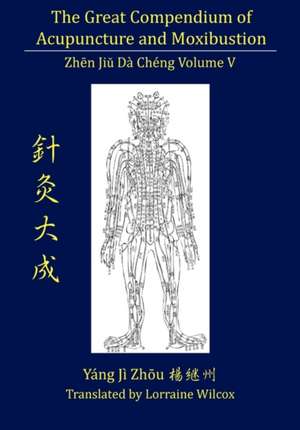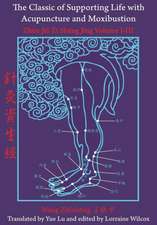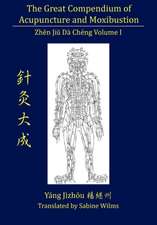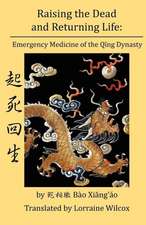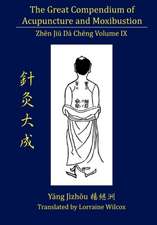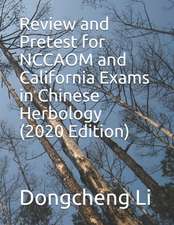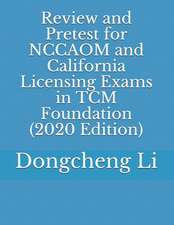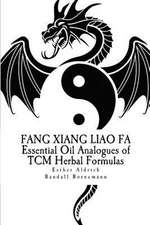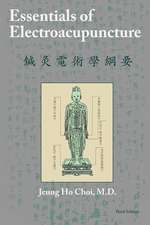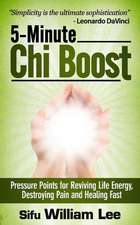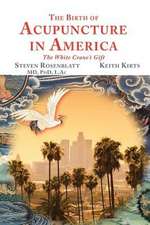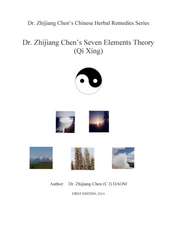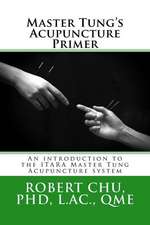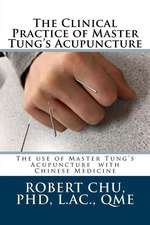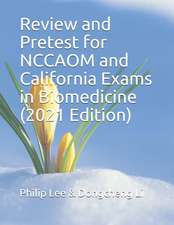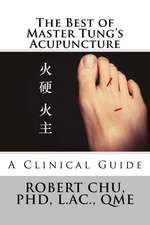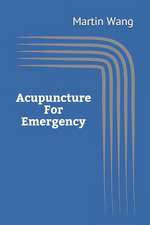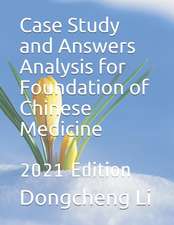The Great Compendium of Acupuncture and Moxibustion Vol. V: Compendiu de Acupunctură, cartea 5
Autor Jizhou Yang Traducere de Lorraine Wilcoxen Limba Engleză Paperback – 31 mar 2010
Preț: 480.52 lei
Nou
91.96€ • 99.85$ • 77.25£
Carte tipărită la comandă
Livrare economică 22 aprilie-06 mai
Specificații
ISBN-10: 0979955246
Pagini: 262
Ilustrații: 1
Dimensiuni: 178 x 254 x 14 mm
Greutate: 0.46 kg
Editura: Chinese Medicine Database
Seria Compendiu de Acupunctură
Descriere
The Great Compendium of Acupuncture and Moxibustion by Yang Ji Zhou is an encyclopedic Ming dynasty work on Acupuncture and Moxibustion. Volume 5, translated by Lorraine Wilcox, Ph.D, L.Ac., covers the details of using various point categories, for example, the five shu points, yuan and luo points, and the confluence points of the eight extraordinary vessels. Yang Jizhou gives special attention to the Jing Well points, host/guest protocols, and treating disease using the twelve main channels and the eight extraordinary vessels. There is also an exhaustive look at the use of the Stems and Branches and the Chinese calendar for selection of these points. This Volume of the Great Compendium was geared to advise practitioners (from a Ming Dynasty perspective) on how to use the Stems and Branches in their practice, and also for the scholar who wants to understand the complicated subject of Zi Wu Liu Zhu and Ling Gui Ba Fa. Wilcox does a masterful job of bringing these complex subjects to the reader. Included in this book are 67 diagrams, tables and illustrations that intimately explain how the use of the Stems and Branches and the Chinese calendar.
